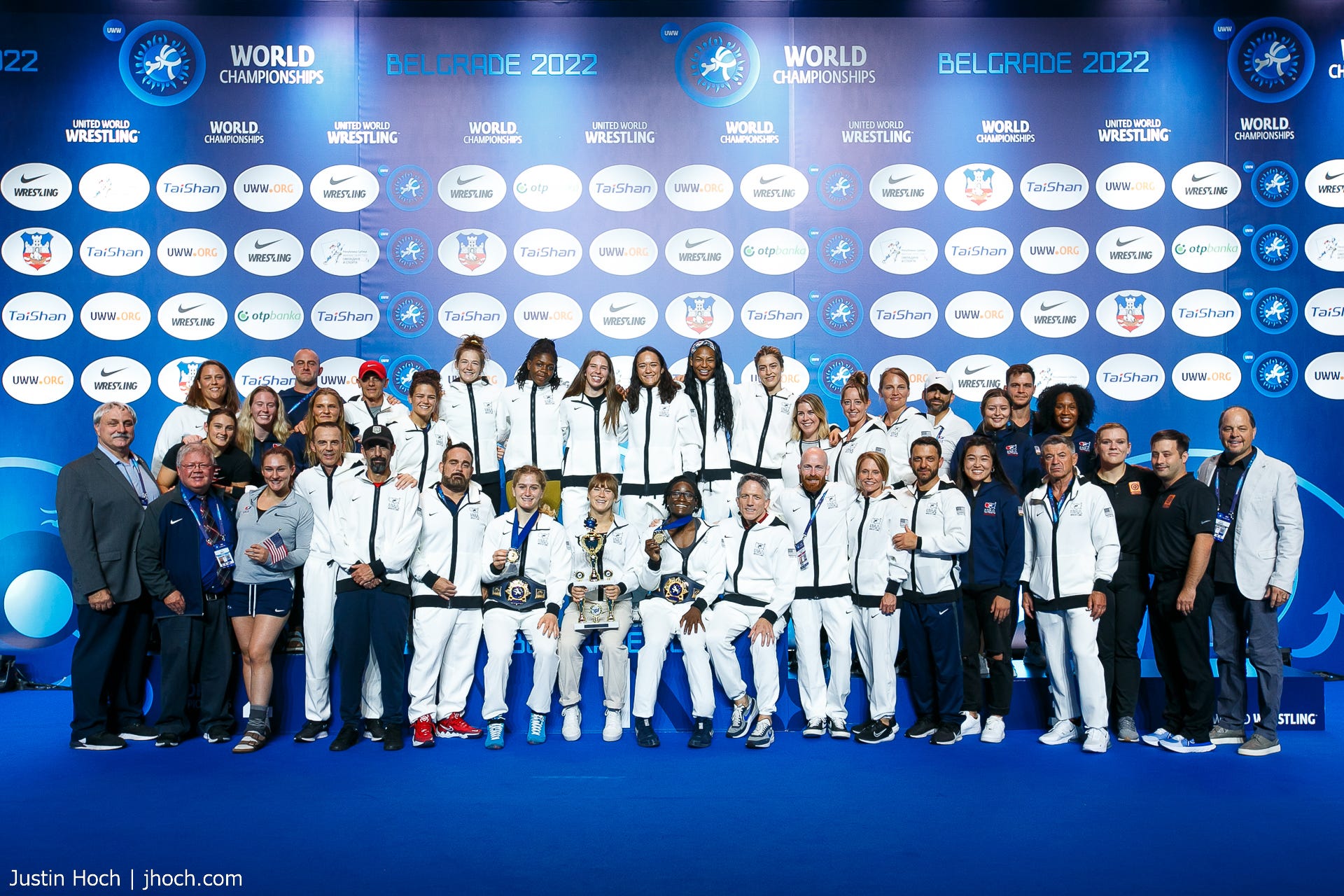Do you have any photos of...
What actually happens when someone asks for images
Out of the blue, I got an email.
I don’t have any, but you should ask Justin Hoch, who I CC’d.
Then a reply less than a minute later.
Thanks! Would love to see what you have, Justin.
In the world of wrestling photojournalism, these kinds of emails coming from national-level magazines and newspapers are rare. Olympic Games offer the infrequent opportunity when the general news-reporting business lends their attention.
“Great,” I think.
And that’s both cool-great, because it’s always nice to have opportunities to get my work published, but also sarcastic-great, because these requests are usually a bunch of work and rarely end up resulting in any income.
Let me explain.

I have been covering senior-level wrestling on a consistent basis since 2015. In that time, I’ve brought well over a million images into existence. Maybe two. Actually, maybe three. It’s par for the course for me to have 5,000+ photos from a session at a tournament. Usually two sessions a day, up to eights days of competition. The most I’ve ever done in one day is just over 26,000, on the 6th day of the 2022 World Championships in Belgrade.1 I ended up with ~127,000 for the entire trip.
Given how many photos get created at each event, it’s impossible to look through everything, so the justification I’ve had for shooting so much is that I can always go back sometime in the future and edit the photos, but I can never go back in time to take them. So I might as well get everything I can now.
It’s a double-edged sword.

It’s nice that I have such a huge archive to dig through when I or someone else is looking for documentation of a particular point in time, but it’s often hard to find what someone is looking for if it’s the more general, “Do you have any photos of [me/my athlete/so-and-so]?”
Moments are often easy. I can figure out when a specific thing happened and look at the image timestamps to quickly see if I got anything worthwhile. Or if it was a final of a tournament, or notably at the beginning or end of a session. Those kinds of things are frequently a simple search.
General requests can be closer to impossible, because they can require looking through everything. (Even more so when the request is untethered to a specific event. Sometimes, like this current request, they are open to photos from anytime at all, which opens up the search to the entire archive.) Trying to locate when matches took place can be tricky if there are multiple mats running simultaneously (and most of the events I go to have at least three).
Sometimes I get the best images of someone while they’re in the stands watching their teammates or while they’re hanging out between matches. I can’t remember that much detail—like when I happened to catch them in the course of a 12 hour day, especially years later—so the only way to know is to scan it all. But there’s often too many files to do that.
Fortunately, I do have something of a shortcut.
That’s a screenshot of my Dropbox Photos folder. That’s where I keep my processed photos. What you’re seeing is over 2,100 folders that house more than 320,000 files. While there are a few video files and some documents and other kinds of files, most of them are processed jpgs.2
That’s the backbone of my photography work. That’s how I share the majority of my images with clients, individuals, and potential publishers, and how I access my archive when I’m away from my home drives.
It’s broken up into two main parts: events and individuals. There are almost 600 event folders and, most crucially for this conversation, over 1,400 folders for specific individuals.

Before an event, I create a folder in there, and that’s where I’ll copy images once I’ve edited and converted them from the original raw format to the processed jpg format. When I have time, I’ll also go through those event images and make copies into the corresponding individual folders.
That gets to be a lot of work for group photos. For an example, that one photo above is in the Day 6 folder for the 2022 worlds. There are 38 people in that group. So that one image could be in 39 different folders if I had individual folders for everyone, and I took the time to locate them all and move copies into them. That doesn’t always happen, but sometimes it does. Trying to do that for hundreds and hundreds of photos a day is often just not feasible though, so more often than not, the images are in an event folder, but haven’t been copied to the individual folders.
When someone emails me asking for photos of Kyle Dake, as was the case above, I can say, “Sure, I have some of those.” Then I’ll go into the “Photos for Kyle Dake” folder and find the 1,230 photos I’ve copied in there since 2013. (If that’s not enough, or the right kinds of photos aren’t there, then I can always dig deeper into the archive, whether that means the event folder in Dropbox, or going back to the raw files to find and process new images.)
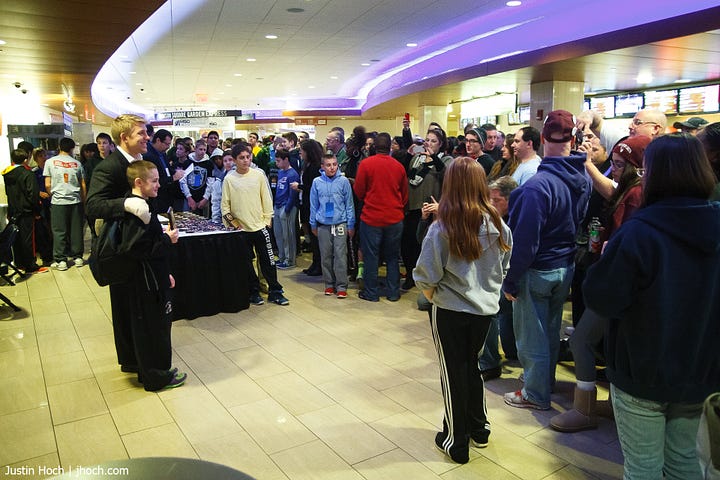
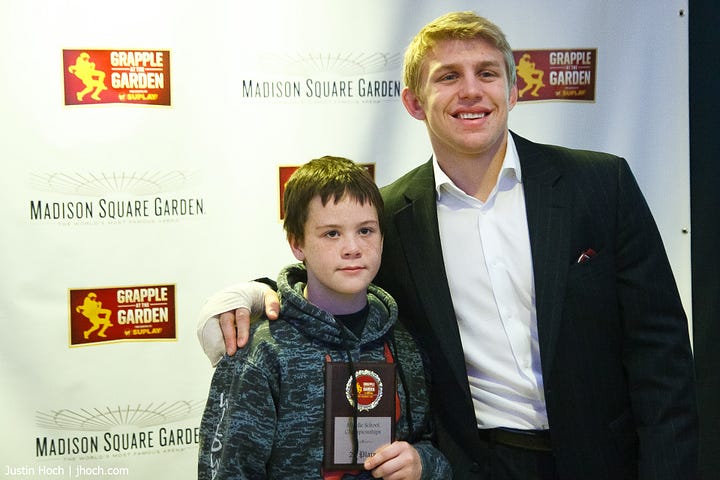
I rarely send out a link to the entire folder. That would be overwhelming. Instead, I’ll make a selection and send them a link to that trimmed down set. For this request, that ended up being about 50 images. Still a lot for a story of that size, but I didn’t have a lot of detail about what they were looking for, so I made some guesses and gave them a bunch of options.
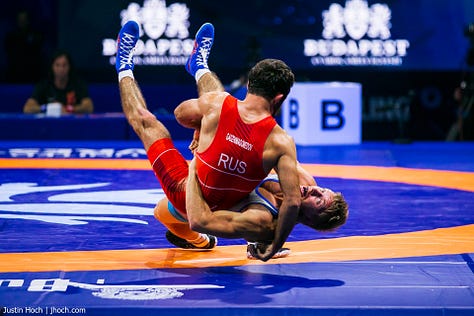
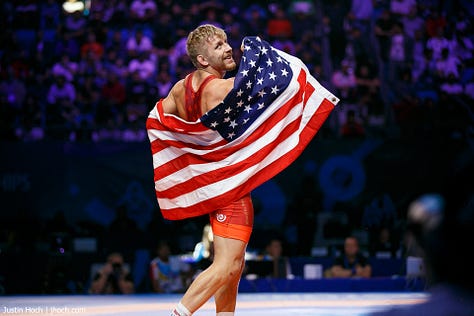
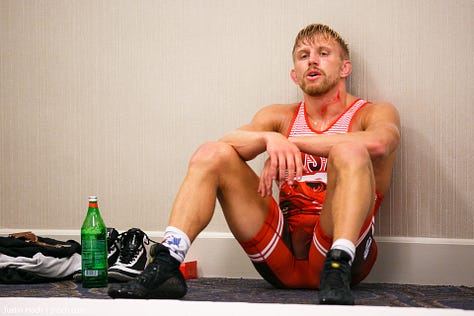
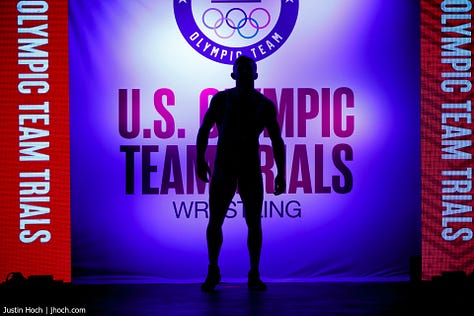
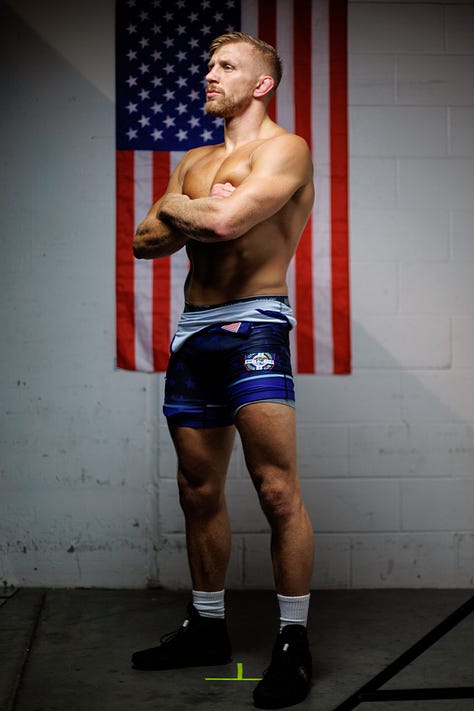

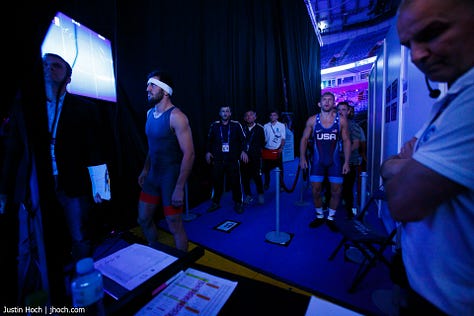


All in, I probably spent 45 minutes collecting the photos for the selection and putting the email together. They came back and said they were interested in a couple of them. We had some price negotiation emails back and forth—I did some research to see what the going rate for that kind of placement was these days—and the next day we arrived at a price for the licensing.
Or so I thought.
Twenty minutes after the details were set, I got an email saying they were going to run photos from a wire service instead.
No publication. No compensation for the time spent looking. A few hours I won’t get back. Another great request for images.
Alas.
Most of the time, the conversation ends with me replying, “Thanks for reaching out. Wish you luck with the story. I’m available if you need anything else.”
(The rub of it all is that I don’t know if there’s a better way to do business. You need to see the images before you make a decision to buy them, right? It’s similar to sending out headshots and auditioning for acting gigs, or resumes and interviews for most jobs. So while frustrating to do the work with no reward, it is somewhat the nature of the beast.)
This particular story has an epilogue, though!
I followed up with the editor individually to ask about which services they’re pulling from and what kind of rates they’re paying there. I let them know I’ll be in Paris at the Games and would be happy to work with them down the road.
The conversation went well. They were complimentary about my work, sympathized with the freelancer struggle, and offered some suggestions. They also asked if I would be interested in freelance gigs outside of wrestling.
Indeed I would.
So we did some paperworking and hopefully it’ll end up being a great request, after all, if only in a delayed kind of way. Because sometimes that happens, too.
Amit Elor won her first senior world championship, becoming the youngest American ever to do so. Tamyra Mensah-Stock won her third world/Olympic title. Jordan Burroughs made the finals, going for his record 7th. David Taylor & Hassan Yazdani were on a collision course again. It was a monumental day. I also had just gotten a new camera, a Canon R3, which can shoot 30 frames per second. I didn’t know how to conserve just yet. 🤣 Believe it or not, I have gotten better.
The native files that most professional photographers create are in proprietary formats we refer to collectively as raw files. Each camera model has its own slightly different version that applies specifically to the tech it houses. These raw files have WAY more information about color depth and detail than the default files that phones create, for example, so they are massive. They often also require additional software to view properly. So they’re not good for sharing if you want people to see them, say, on the internet. Jpgs have much less information, the files are way smaller, and they are universally viewable on computers, photos, and other devices, so that’s what we end up needing in order to share with everyone. Thus, the workflow of making images includes this critical process of choosing which RAW files to spend more time on, make edits to those files, and then convert them to another format, which is most often a jpg for me and many other photographers.



